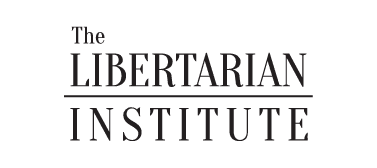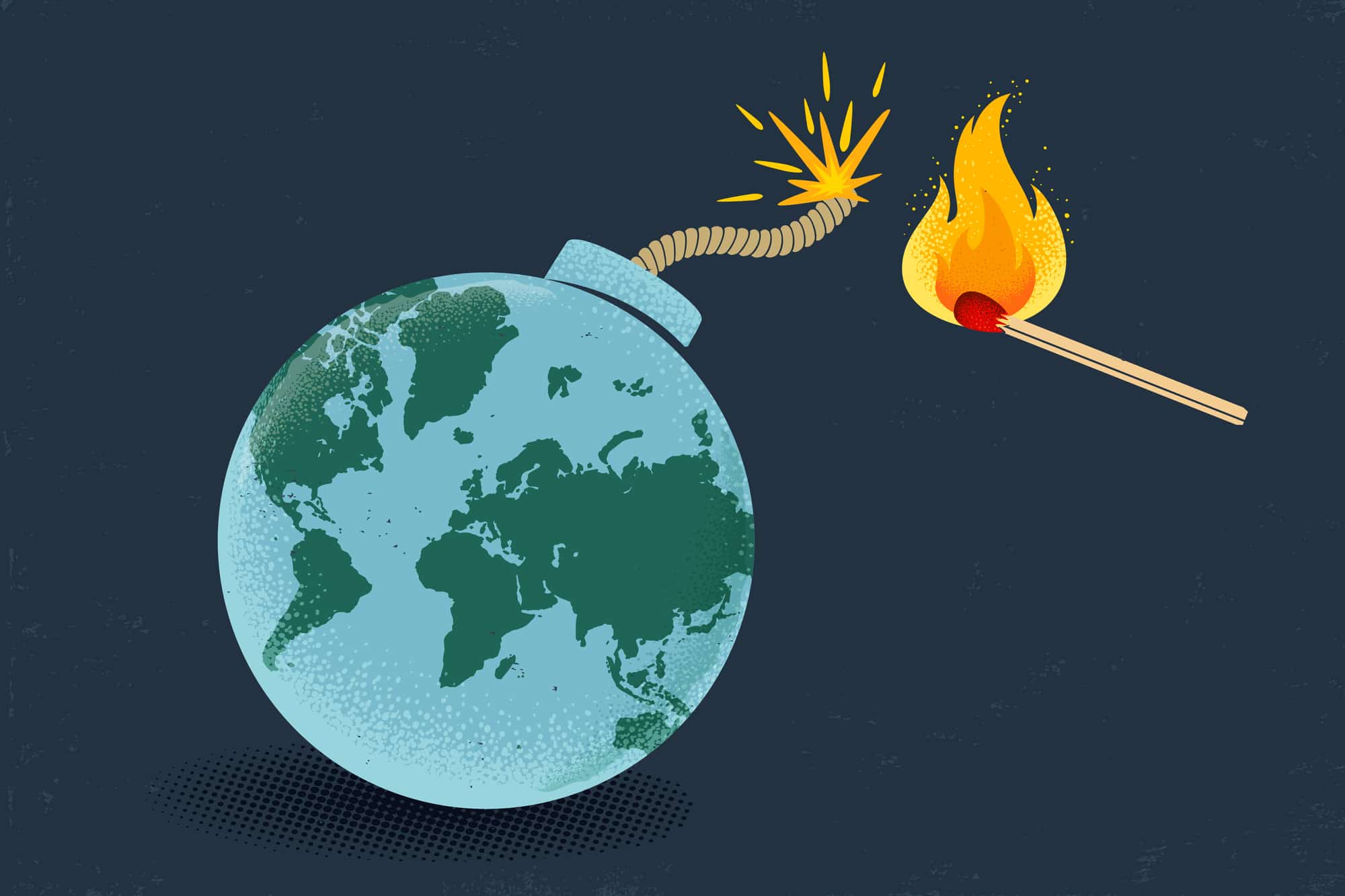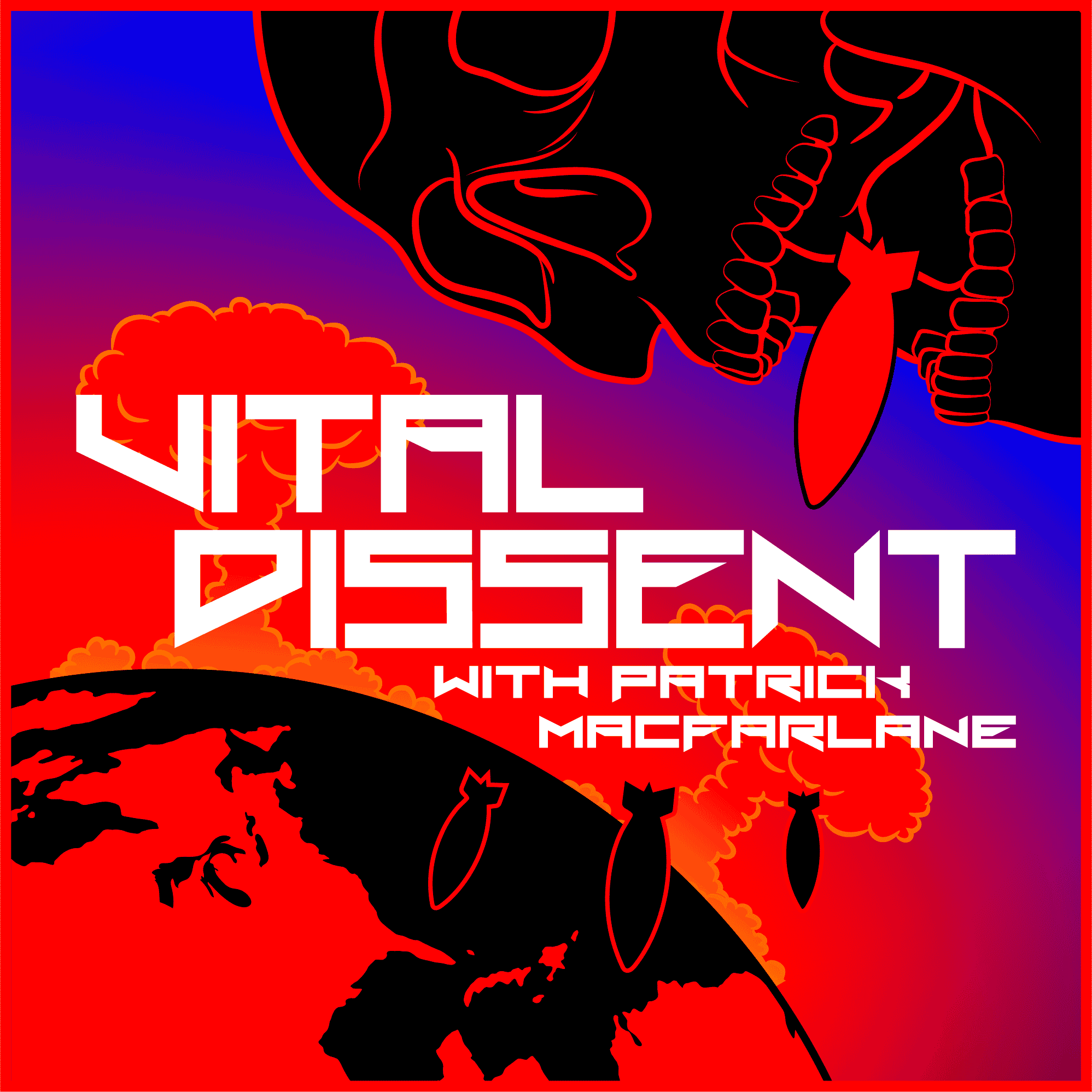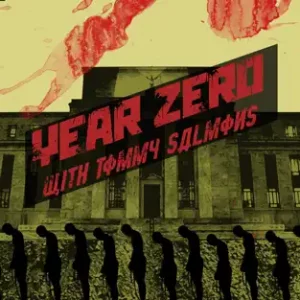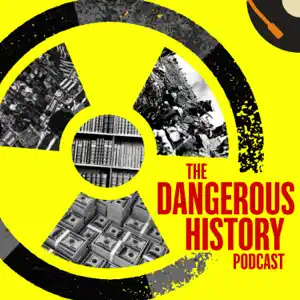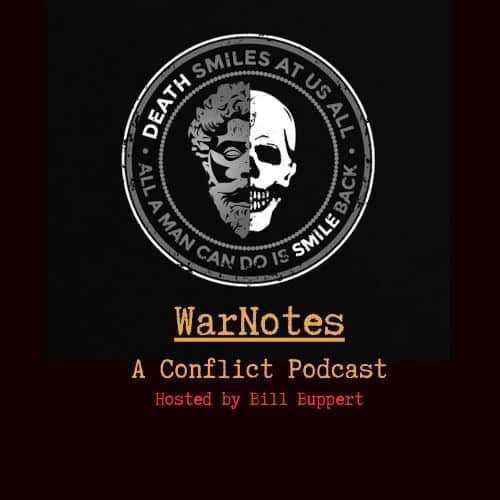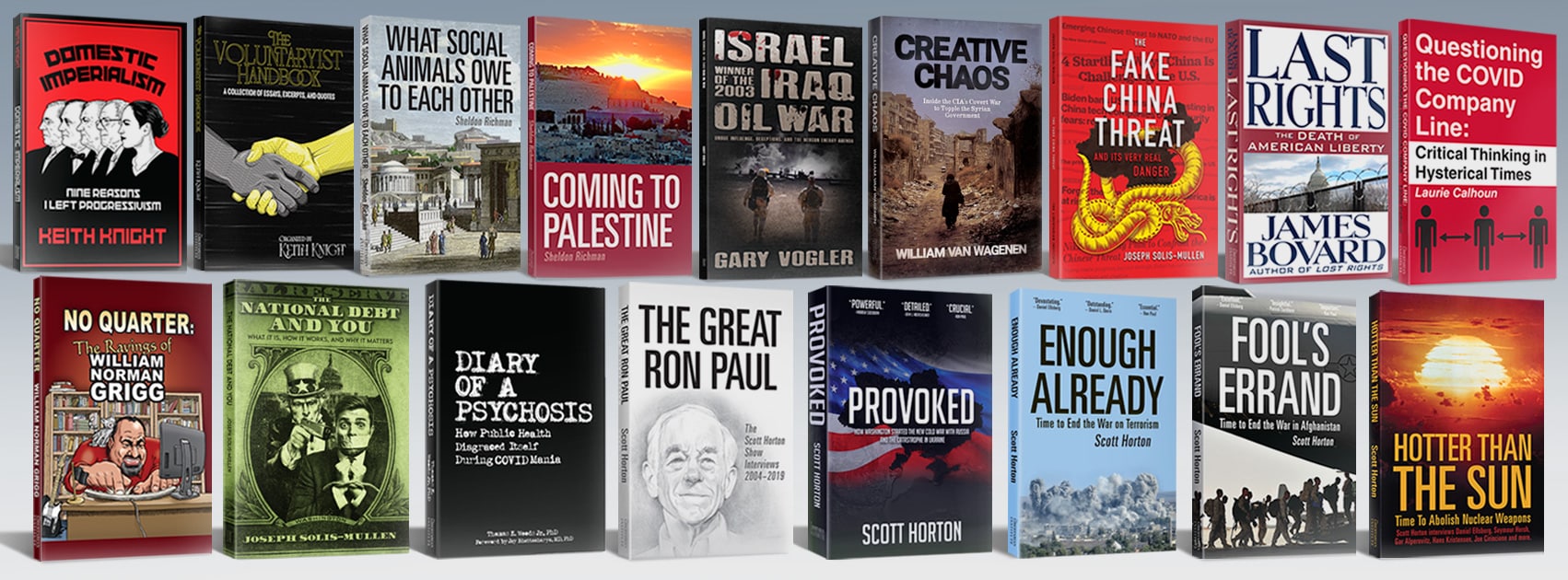Across multiple conflict zones—from the mineral-rich hills of eastern Congo to the contested temple sites on the Thailand-Cambodia border—a familiar pattern emerges: foreign intervention complicates and often worsens already volatile situations. In recent years, American diplomatic efforts, especially under the Trump administration, have produced headline-grabbing agreements while sidestepping the structural causes of conflict. Whether through strategic alignments, economic opportunism, or misguided humanitarianism, Washington’s involvement has frequently undermined peace and sovereignty. A survey of ongoing crises in Rwanda and the Democratic Republic of the Congo (DRC), Myanmar, Sudan, and Southeast Asia reveals how global power projection, cloaked in the rhetoric of stability, peace, democracy, and prosperity often exacerbates local suffering and instability.
The conflict in eastern DRC is a tragic saga rooted in the 1994 Rwandan genocide, when Hutu militias slaughtered over 800,000 Tutsis and moderate Hutus, then fled into Congo. The mineral-rich east, brimming with coltan, gold, and cobalt, became a battleground for militias, including the Tutsi-led M23, which Rwanda has long been accused of backing. United Nations reports estimate 3,000–4,000 Rwandan troops operate in DRC, with Rwanda allegedly controlling M23’s sophisticated operations, a claim Kigali denies, citing defensive measures against Hutu militias like the FDLR. Since the genocide, over six million have died in Congo’s wars, with M23’s recent offensives in 2025 seizing Goma and Bukavu, displacing millions and killing thousands.
Washington’s support for Yoweri Museveni in Uganda during the 1980s and 1990s helped empower Paul Kagame’s Rwandan Patriotic Front (RPF), which ultimately seized power in Rwanda and has played a central role in shaping the region’s militarized dynamics. This backing indirectly set the stage for Rwandan involvement in Congo’s wars.
On June 27, 2025, the Trump administration brokered a peace deal in Washington, signed by DRC and Rwandan foreign ministers, aiming to end hostilities, respect territorial integrity, and disarm non-state groups like M23. The deal, hailed by Trump as a triumph, promises American investment in Congo’s minerals, raising eyebrows about motives. Critics question its efficacy, as M23 was not party to the agreement and continues separate talks in Qatar. Past peace efforts, like those in 2009, failed to demobilize M23, which reemerged in 2021, citing broken promises. Rwanda’s denial of involvement, despite overwhelming evidence, further muddies the waters.
The humanitarian toll is staggering: seven million displaced, rampant sexual violence, and a cholera outbreak in Goma’s camps. As in 1994, when the author’s undergraduate professor and advisor as Ambassador to Rwanda oversaw the rapid breakdown of a similar agreement, this deal appears to be yet another elite bargain, this time prioritizing mineral access over genuine peace. Without addressing M23’s grievances or Rwanda’s role, it is likely to join the graveyard of failed accords, leaving Congolese to bear the cost.
Myanmar’s civil war, reignited after the 2021 military coup, pits the junta against a patchwork of ethnic rebel groups and the National Unity Government (NUG). The junta, led by Min Aung Hlaing, clings to power despite losing ground to rebels like the Arakan Army and Karen National Union, who control significant territories. Both Washington and Beijing have stakes: the United States supports the NUG with non-lethal aid, while China backs the junta to secure its Belt and Road investments, though Beijing also hedges by engaging rebels for border stability.
The humanitarian crisis is dire, particularly for the Rohingya, a Muslim minority. Over one million Rohingya refugees languish in Bangladesh, while those remaining endure persecution. The broader conflict has displaced over two million, with eighteen million needing aid. Atrocities—massacres, airstrikes, and village burnings—are rampant, with the junta’s brutality matched by rebel infighting.
The United States claims to champion democracy, but its support for the NUG smells of strategic posturing against China. Beijing’s backing of the junta, meanwhile, prioritizes economic corridors over human rights. Both powers fuel a proxy war, prolonging suffering. Myanmar’s people deserve self-determination, not foreign chess games.
Sudan’s civil war, erupting in April 2023, pits the Sudanese Armed Forces (SAF) against the Rapid Support Forces (RSF), a paramilitary group. The conflict, rooted in power struggles post-Bashir, has killed over 20,000 and displaced ten million. The UAE backs the RSF with arms, aiming for gold and Red Sea access, while Egypt and Turkey support the SAF for regional influence. Russia’s Wagner Group, now Africa Corps, supplies the RSF, and Iran provides drones to the SAF.
Washington’s backing of the 2011 South Sudanese independence referendum, while typically celebrated by the typical beltway culprits at the time, ultimately contributed to the political vacuum and civil unrest that followed. South Sudan’s creation did little to address the underlying regional rivalries and governance failures.
The humanitarian toll is catastrophic: twenty-five million need aid, with famine looming in Darfur. Sexual violence and ethnic cleansing echo Sudan’s dark history. The United States has pushed sanctions and aid, but its influence is limited, overshadowed by Gulf and Russian interests. Non-interventionism demands we question why Washington engages at all—Sudan’s woes stem from local elites and foreign profiteers, not American responsibility. A ceasefire, not more arms or sanctions, is the only path to relief—one is unfortunately nowhere to be seen.
The Thailand-Cambodia border dispute over the Preah Vihear temple, a UNESCO site, has simmered since the 1962 ICJ ruling favoring Cambodia (itself necessary due to terrible French colonial cartographers). Skirmishes in 2011 killed dozens, and nationalist fervor on both sides keeps tensions alive. Washington maintains strong ties with Thailand, a treaty ally, while Beijing backs Cambodia’s Hun Sen regime with infrastructure investments. President Donald Trump, casting himself as a global peacemaker, has signaled interest in mediating, akin to his India-Pakistan efforts.
The humanitarian impact is less severe than in Congo or Sudan, but displaced border communities face hardship. Trump’s mediation, while less prominent than the DRC deal, risks overhyping U.S. influence. This dispute is best resolved bilaterally or through ASEAN mechanisms. As demonstrated in innumerable cases, foreign meddling, whether by Washington, Beijing, or anyone else, often inflames nationalist tensions rather than quelling them.
These four conflict zones—each with distinct histories and dynamics—are unified by a troubling theme: outside powers, including the United States, too often prioritize strategic or economic objectives over lasting peace. The U.S. role in backing Uganda in the 1980s and 1990s helped catalyze instability in the Great Lakes region, contributing indirectly to the Congo wars. Washington’s support for South Sudan’s independence, driven more by political theater than pragmatic foresight, left the new nation ill-equipped to govern and vulnerable to civil war. In Myanmar and elsewhere in Southeast Asia, U.S. and Chinese interests have turned domestic conflicts into proxy battlegrounds. Lasting solutions cannot be brokered in Washington boardrooms. They must emerge from the lived realities and demands of the people affected. Peace rooted in sovereignty, not in resource deals or geopolitical maneuvering, remains the only ethical and reasonable course.
